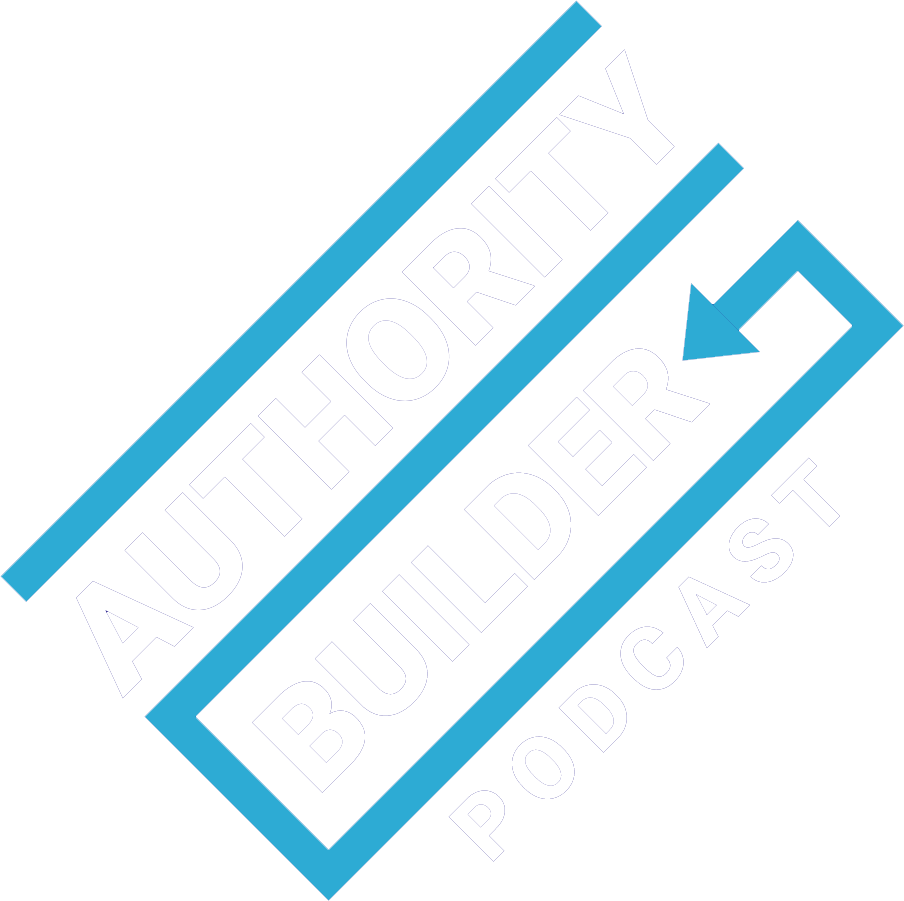Jim Padilla, business coach, sales expert, and founder of Gain the Edge, says most people are going about sales all wrong.
For one, they buy into a myth about how a business is supposed to grow that actually stalls growth – and causes unnecessary stress and worry.
If you’re uncomfortable with sales… if you feel you must follow a rigid sales system to be successful… you need to hear the alternatives Jim advocates. They’re more effective – and easier to do too.
Listen in to find out…
- How to ride the Sales Waterfall
- 5 things you must understand about your prospect
- Ways to overcome the fear of rejection in sales (that you don’t know you have)
- The 4 stages of the sales process – and the stage to always skip
- And more…
Episode Timeline:
00:11 Today Steve speaks with Jim Padilla, the founder of Gain the Edge and THE go to guy for sales and leveraging your business.
01:08 Jim talks about his very tough beginnings from being born to teenage parents, child abuse, homelessness and jail.
03:31 Jim explains how his rough childhood taught him to be able to push his boundaries.
06:38 Jim tells us how he found out the importance of delegation and to stay in your role.
10:36 Jim explains how we are all in sales and how we should treat people like your clients before they become your clients.
13:51 The Noble Clause.
15:35 Jim tells us how to sell everything, including paperclips!
17:27 Steve and Jim talks about the problems with scripted sales.
20:03 Jim talks about Truth, Clarity, and Certainty.
24:57 Jim talks about finding what stage the client is at so you can best sell to them.
27:59 Jim tells us about one of his successful client.
30:09 Jim tells tells us to go read your clients diary!
31:55 Jim tells us how best to get in contact with him.


